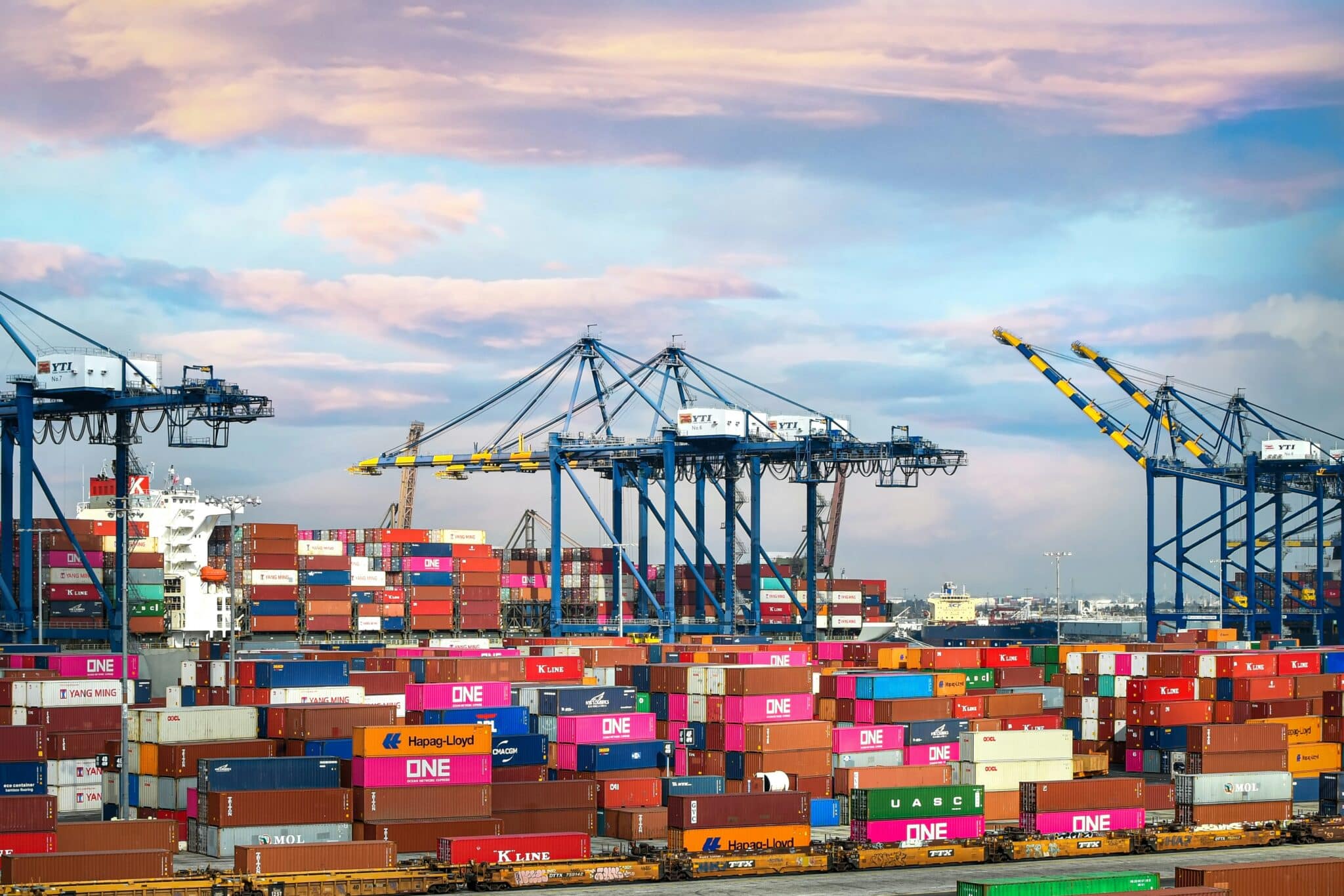Supply chain management is undoubtedly trickier around the holiday season, as businesses strive to meet the increased demand that usually occurs, and stretches well into the new year because it is important to consider the impact of returns on inventory levels.
Customers return products for many reasons. When purchasing from brick-and-mortar locations, consumers usually return at the same location, and returns represent less than 10% of products sold. However, online shopping results in a greater number of product exchanges or returns – and possible negative effects.
The associated costs of a return are significantly higher than shipping out new products. According to one US expert, every dollar in returned merchandise costs a retailer between 15 and 30 cents. Furthermore, every time you move a product, there are also environmental costs associated with the journey. In an article published in Nature Climate Change journal, researchers claimed the carbon emissions from returning a product are about a third higher than shipping it out in the first place.
As customers exchange gifts or request refunds, there is usually an increased number of product returns after the holidays. This can lead to a sudden influx of products that must be absorbed back into your inventory, which can be especially problematic if the returned items are seasonal or otherwise time-sensitive.
By proactively managing returns, you can avoid feeling stuffed to the brim after Christmas. If you don’t, you will experience the negative effects of excess inventory after the holidays, including the following:
- Increased holding costs: Excess inventory means that a company has to store it, which can be expensive. Warehousing and storage costs can add up quickly, especially in the current inflation, and if the excess inventory is not sold in a timely manner, these costs can eat into a company’s profits.
- Decreased cash flow: Excess inventory ties up your working capital. This can lead to a decrease in cash flow, which can be detrimental to your company’s financial health.
- Decreased efficiency: Excess inventory can lead to disorganization and clutter, which can make it difficult for your team to locate and access the products they need. This can lead to decreased efficiency and productivity, as employees spend more time searching for items and less time focusing on other important tasks.
In order to avoid excess inventory after the holidays, it is important to carefully plan your supply chain and monitor inventory levels. This is hard to with just your standard ERP system and spreadsheets. Therefore, you should consider tools such as Inventory Optimisation software to accurately forecast demand and adjust procurement and ordering accordingly.
To discover how we can help, book a meeting with a sales representative today.




